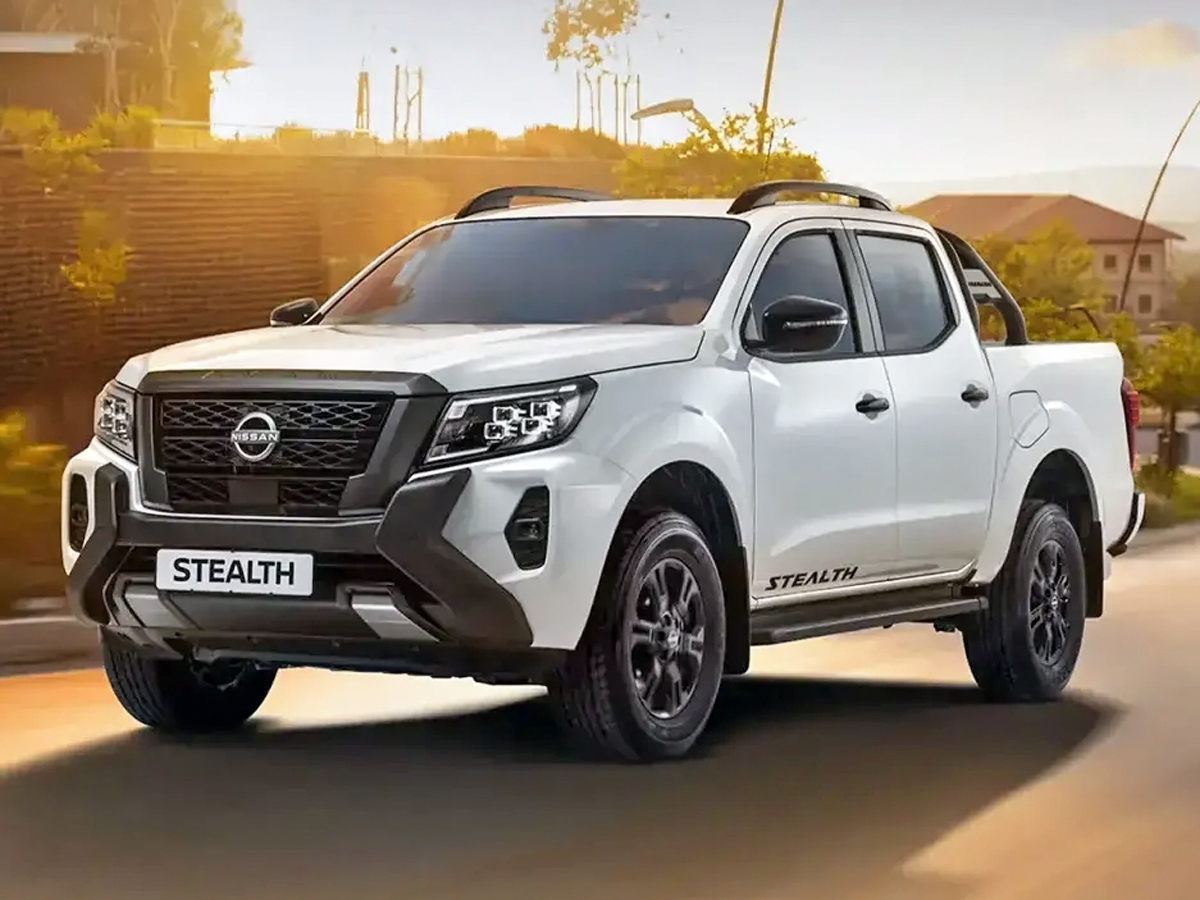South Africa’s Auto Industry Shifts Gears: Growth, New Models & Manufacturing Bounces Back


Quidah est une plateforme en ligne qui met en relation les investisseurs avec des opportunités sélectionnées et des analyses d’experts sur les marchés émergents d’Afrique, tout en offrant aux entreprises des services de promotion, de facilitation de partenariats et d’intelligence de marché pour attirer des capitaux et développer leurs activités.
Secteurs
South Africa’s automotive manufacturing sector is showing renewed strength, aided by both major global automakers’ local investment plans and wider industrial recovery. For investors eyeing Africa’s motor market, this could signal a timely opportunity.
Nissan Motor reaffirmed its commitment to growing in South Africa, even as it weighs the future of its 59-year-old Rosslyn assembly plant. During the launch of the Navara Stealth pickup, Nissan Africa President Jordi Vila emphasized ongoing confidence in the region, despite recent global cost-cutting measures including layoffs and factory closures elsewhere in the world.
To underscore that commitment, the company is introducing multiple new vehicles to its South African lineup. These include the revamped Stealth variant of the Navara and a new panel-van version of the Magnite compact SUV, both targeting rising demand from commercial users and leisure drivers. Next year, Nissan plans to launch the Patrol SUV along with two entirely new SUV models—moves aimed at tapping a booming mid-range market worth around 695,200 rand (US $39,200).
The local manufacturing story is advancing beyond the auto sector. In May, South Africa recorded a 0.5% year-on-year increase in overall manufacturing output, rebounding from a 6.4% fall the previous month. Month-over-month output rose by 2.0%, lifted by renewed momentum in automotive, petroleum, and metal fabrication industries. This recovery not only stabilizes the sector but underscores adaptability and broad-based demand.
Together, these signals suggest a manufacturing uplift across the board, offering investors diversified exposure to growth in both vehicle production and the wider industrial ecosystem supporting it. For investors, the current landscape in South Africa’s automotive sector presents a unique mix of new opportunities and long-term value. As Nissan and other automakers launch new models—including SUVs and pickups—there is growing demand for local suppliers who can deliver essential components such as suspension systems, electronics, and interior fittings. This shift not only benefits established industry players but also creates entry points for smaller manufacturers looking to plug into established automotive value chains.
The broader rebound in factory output, especially within automotive and metal fabrication, signals improved resilience in local supply chains. This momentum is sparking investment in logistics, warehousing, and industrial parks—particularly in regions strengthened by Special Economic Zones such as those in the Western Cape. Such zones offer a supportive environment for manufacturers, with access to infrastructure and a skilled workforce.
As Nissan continues to review its Rosslyn plant, investors also have the chance to participate in the strategic upgrade or modernization of existing manufacturing facilities. Whether it’s enhancing capacity, integrating advanced automation, or adapting lines for electric vehicle production, there is substantial scope for capital infusion and technology partnerships that can position South Africa as a leader in next-generation vehicle assembly.

Finally, South Africa’s Automotive Production and Development Programme offers concrete incentives for local manufacturing, further boosting the sector’s competitiveness. With the continent’s demand for vehicles on the rise—and compliance with international standards opening doors to global export markets—local production is well-placed to serve both African and overseas buyers, making the country an attractive destination for investment in automotive manufacturing.


